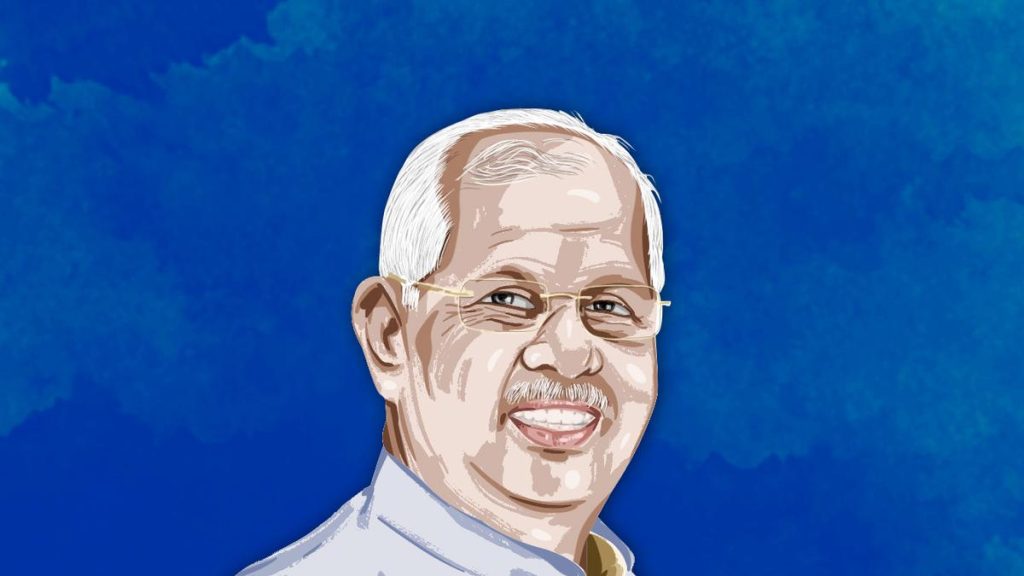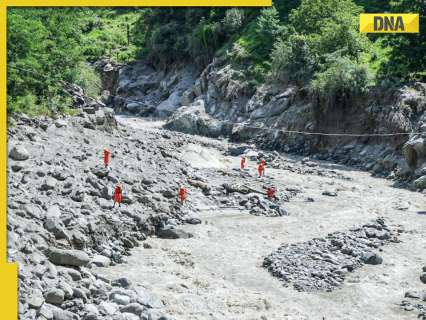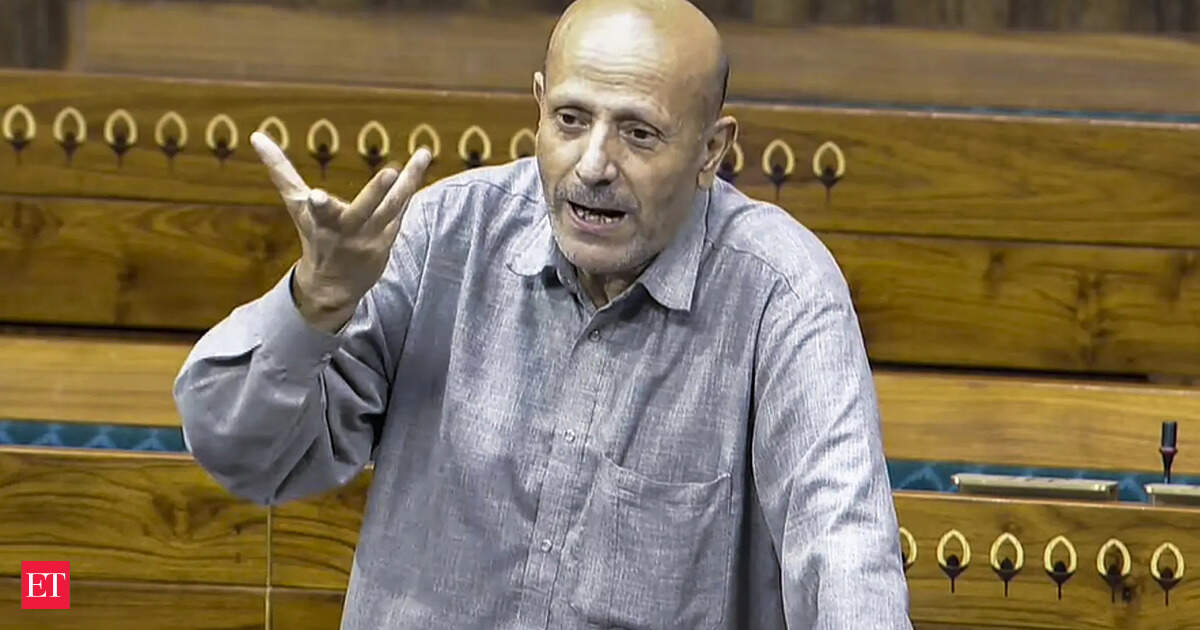Now Reading: Regulatory Hurdles, Funding Shortfalls Hamper Top Institutes: Govt Report
-
01
Regulatory Hurdles, Funding Shortfalls Hamper Top Institutes: Govt Report
Regulatory Hurdles, Funding Shortfalls Hamper Top Institutes: Govt Report

Quick Summary
- Key Challenges:
– India’s science and technology institutions face issues such as complex accounting systems, restrictive General Financial rules (GFR), limited funding for R&D, inadequate compensation for researchers, and low private sector participation.
– R&D expenditure has remained stagnant at 0.6%-0.7% of GDP compared to global averages like South Korea (4.93%) and China (2.43%). Contribution from the corporate sector is only 30%, far behind leading economies where it reaches up to 70%.
- Policy Issues:
– Phased-out tax deductions under Income Tax Act Sections have reduced incentives for philanthropic and private contributions toward research: Section 35(1)(ii) deductions are eliminated; Section 35(2AB) benefits capped since 2017.
– Fund flow rules differ across ministries, creating a burdensome system with high compliance demands on scientists.
- Additional Barriers:
– Introduction of Treasury Single Account system in place of PFMS has increased grant processing delays by up to 1.5 years.
– GST rates increased from the previous concessional rate of 5% to between18%-28% on procurement of R&D equipment.
– Salary structures are not competitive internationally causing brain drain; doctoral/post-doctoral researchers face inadequate financial support impacting scientific manpower.
- Proposed Solutions:
– Increase gross R&D expenditure to at least 2% of GDP; incentivize corporate contributions through tax benefits like restored deductions under Section 35 provisions.- Simplify fund allocation processes allowing reappropriation flexibility and introduce unified submission systems for grants.- Exempt scientific institutes from TSA/CNA requirements in favor of PFMS framework; amend GFR rules for consumables purchases; restore concessional GST rates at earlier levels.
– Redesign compensation frameworks aligned with global standards and increase funding support for young researchers.
Indian Opinion Analysis
India’s efforts toward reforming its science and technology sectors highlight significant systemic issues that could affect its long-term ability to innovate in vital fields like medicine, advanced materials, or artificial intelligence-a critical area more so given India’s ambition towards self-reliance and global leadership in technology development.
The stagnant gross expenditure on R&D-well below international norms-is a key bottleneck that hinders scaling innovation across diverse sectors while limiting India’s competitiveness against research-intensive countries such as South Korea or the United States.
Reforms aimed at easing administrative pressures through simplified funding mechanisms appear logical steps forward-the unification into single-window systems alongside rule exemptions addressing unmet pain points will undoubtedly streamline operations within academic corridors currently overburdened bureaucratic red tape .
Lastly–Invest financial but pipeline man—outlined pre—Without better round federations tightening replentishment



























